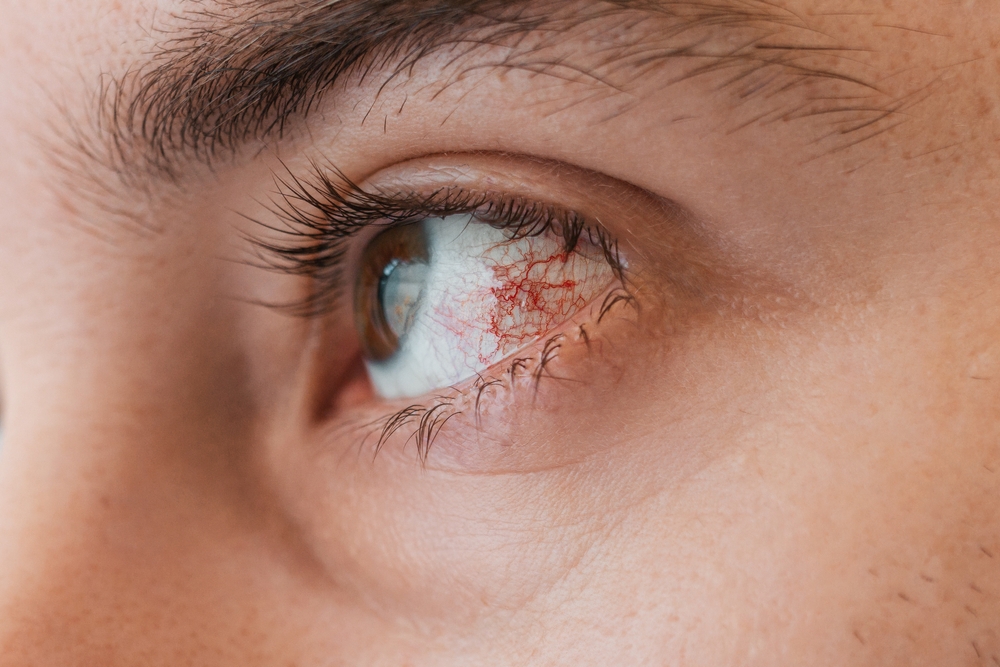
Dry eye is more than just an occasional annoyance. For many people, it’s a chronic condition that can interfere with daily life. While traditional treatments like artificial tears and warm compresses have long been used, the good news is that advances in eye care have led to new and effective options for managing dry eyes.
Understanding Dry Eye
Dry eye occurs when your eyes either do not produce enough tears or produce poor-quality tears that evaporate too quickly. This can be due to aging, screen time, certain medications, or underlying health conditions. Meibomian gland dysfunction, where the oil-producing glands in the eyelids become clogged, is also a common cause.
Common Symptoms of Dry Eye
Dry eye symptoms can vary from mild to severe and often affect both eyes. Many people describe the sensation as persistent and irritating, and it can significantly impact daily activities such as reading, driving, or using digital devices. Common symptoms include:
• Stinging or burning sensation in the eyes
• A feeling of grittiness or something in the eye
• Redness and irritation
• Blurry or fluctuating vision
• Sensitivity to light
• Excessive tearing
• Eye fatigue, especially after reading or driving
• Discomfort when wearing contact lenses
If you experience any of these symptoms regularly, it may be a sign of an underlying dry eye condition that requires professional evaluation. Early diagnosis can help prevent further irritation and long-term complications.
New and Emerging Treatment Options
Originally used in dermatology, IPL is now an advanced option for treating dry eye caused by meibomian gland dysfunction. It uses pulses of light to reduce inflammation around the eyelids, stimulate oil flow from the glands, and improve tear film stability.










